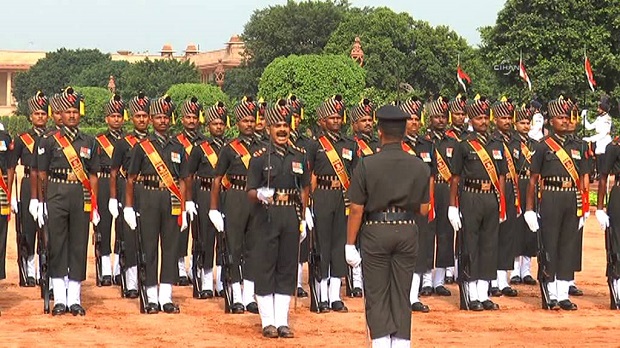
They are affectionately called ‘Thambis’, meaning younger brother in Tamil. Their bravery, devotion, discipline and resoluteness over the course of three centuries have made soldiers of the Madras Regiment worthy of respect from even other regiments in the Indian Army.
Here is tracing the illustrious history of Madras Regiment:
ADVERTISEMENT
1. Founded in 1758, the Madras Regiment is the oldest regiment of the Indian Army.
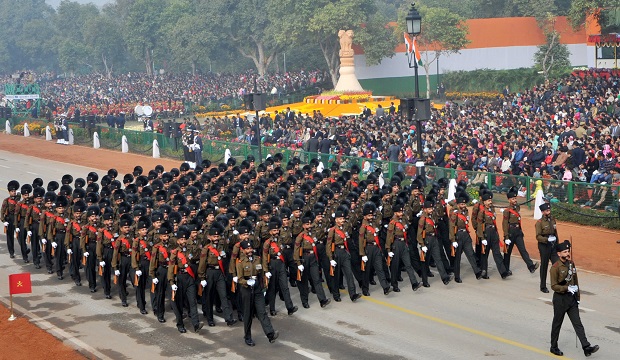
2. The regiment was formed to fight the French army in battles for the conquest and defence of the south-eastern coastal part of Indian sub-continent.
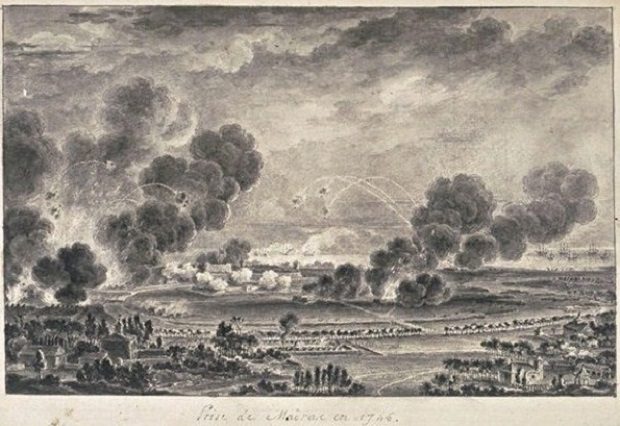
3. It was Major Stringer Lawrence, a British East India Company officer, who planted the seeds of the Madras Regiment and, thereby, the British Indian Army.
He formed two battalions from several companies created by the East India Company for the defence of their newly-formed establishments in Madras. Each battalion had 800 men divided into 8 companies.
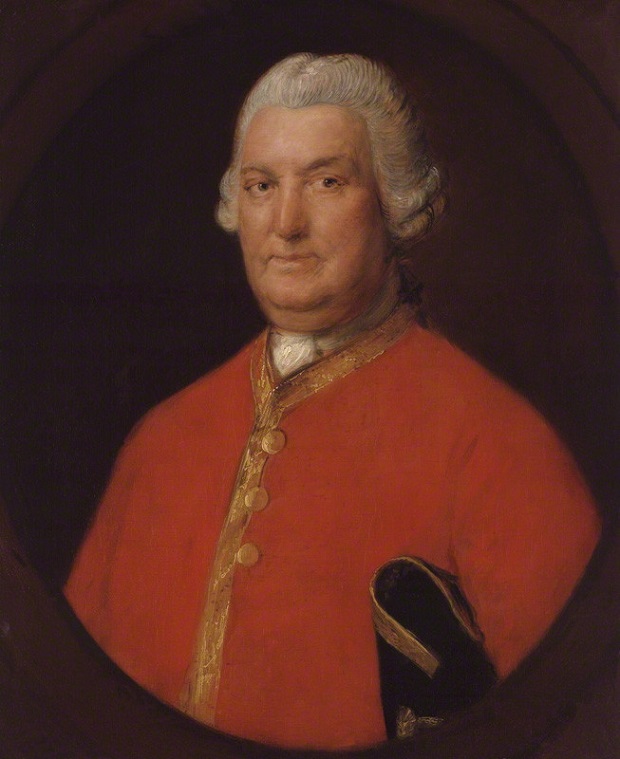
4. The 9th Battalion, formerly known as the Nair Brigade (Nayar Pattalam), is technically the oldest Battalion in the Madras Regiment.
In 2004, this battalion completed 300 years of service. They were guards for the Maharajah of Travancore, known as “Nayar Army”, and joined the Indian Army in April 1951.
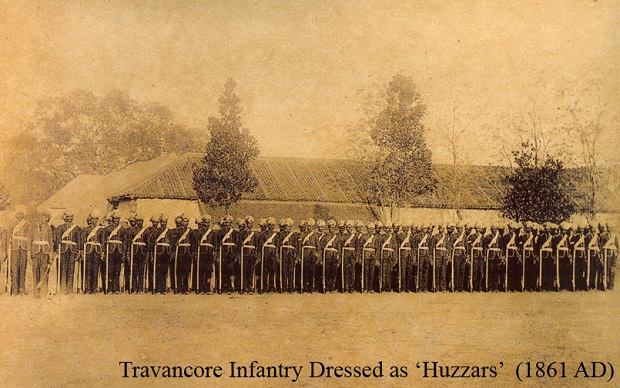
5. By 1769, the battalions raised by East India Company came to be known as Coast Companies.
They were further sub-divided as Circar Battalion and Carnatic Battalion. The Circars served in North Madras whereas the Carnatics were posted in the south of the region.
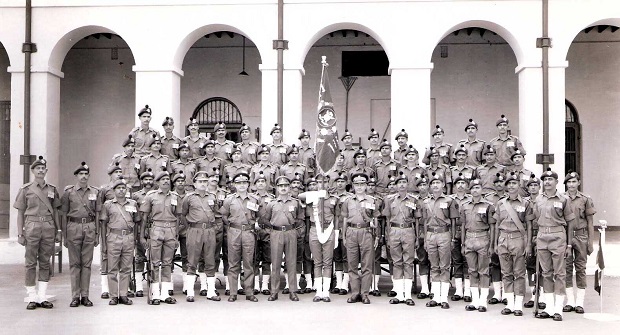
6. It was only in 1784 that they were re-named Madras Regiment.

ADVERTISEMENT
7. The Madras Regiment participated in the Second Anglo Maratha war in 1803, their first major conflict.
In the Battle of Assaye, 9,500 British and Madras sepoys with just 17 cannons defeated a mammoth Maratha army of 40,000 Infantry and 40,000 irregular cavalry armed with over 100 cannons. There were five sepoy infantry battalions of the Madras Native Infantry and three squadrons of Madras Native Cavalry in the British forces.
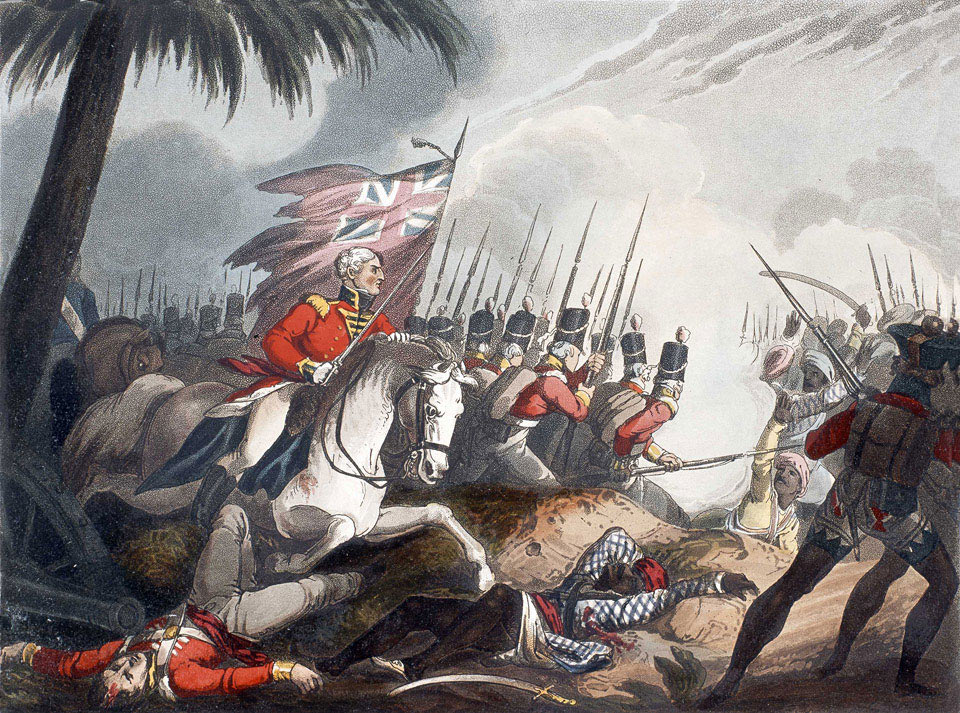
8. By 1838, the Madras Regiment had grown into a mammoth force of 52 infantry battalions.
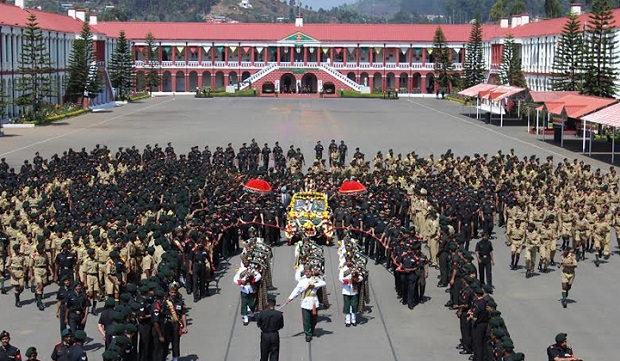
9. By November 1835 there were 50 garrisons divided into 9 divisions in the Madras Presidency.
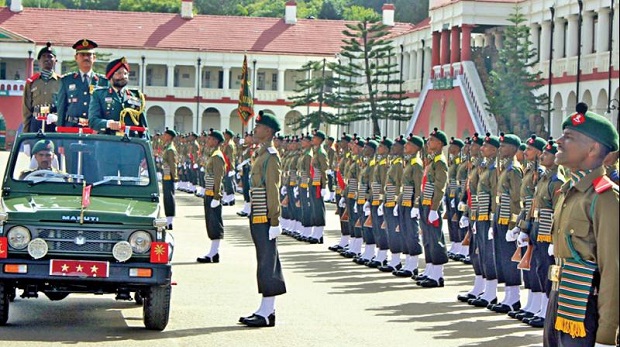
10. The sepoys of the Regiment were favourites of the Sir Arthur Wellesley, the 1st Duke of Wellington.
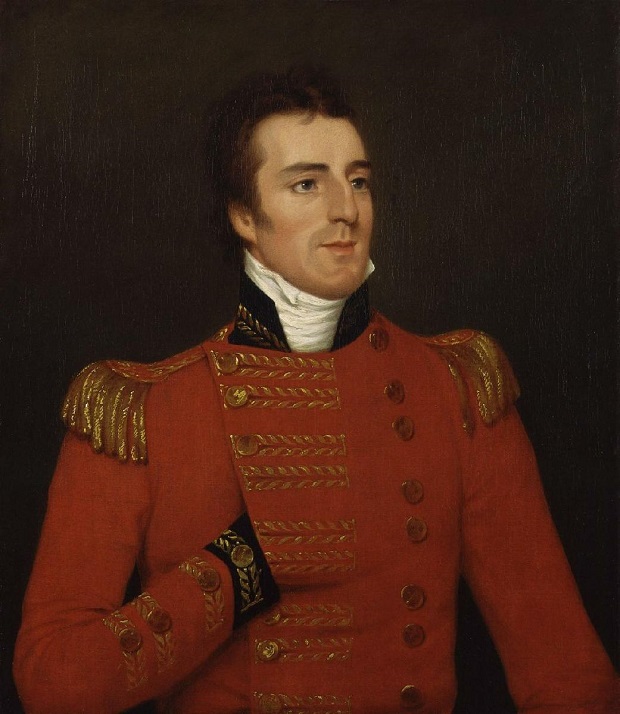
11. East India Company practically subdued most parts of Indian sub-continent with the help of sepoys of Madras Regiment.
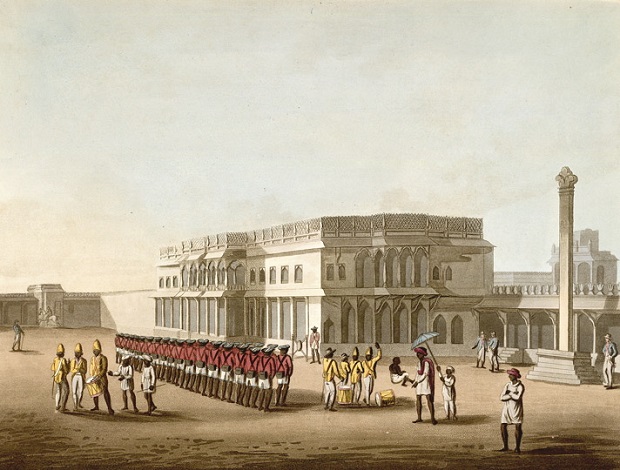
12. Following the re-organisation of the Indian Army in 1903 and till 1914, only three pioneers and eight Carnatic battalions were left.
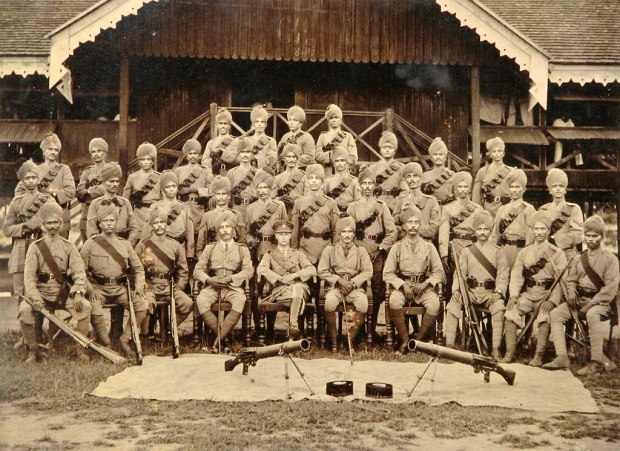
13. It was the World War I which necessitated the raising of eight additional battalions.
They earned 11 battle honours in WWI.
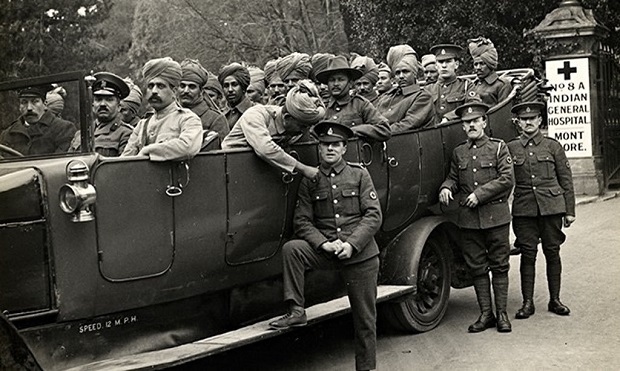
14. The entire 3rd Madras Regiment was disbanded between 1923 and 1928.
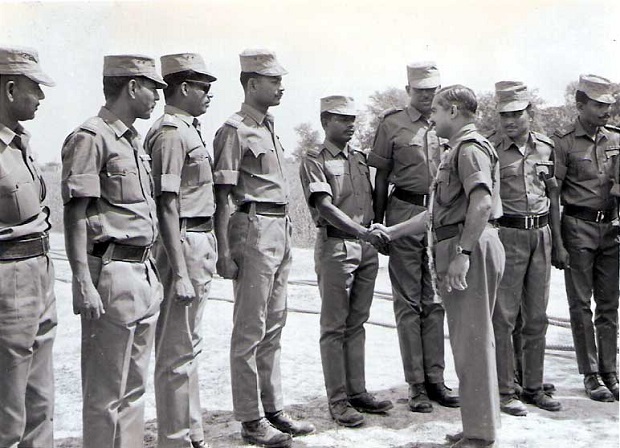
15. It was only in 1941 that the 3rd Madras Regiment was reconstituted because of the efforts of Captain Sir Arthur Hope.
The numeral ‘3’ was dropped following independence in 1947.
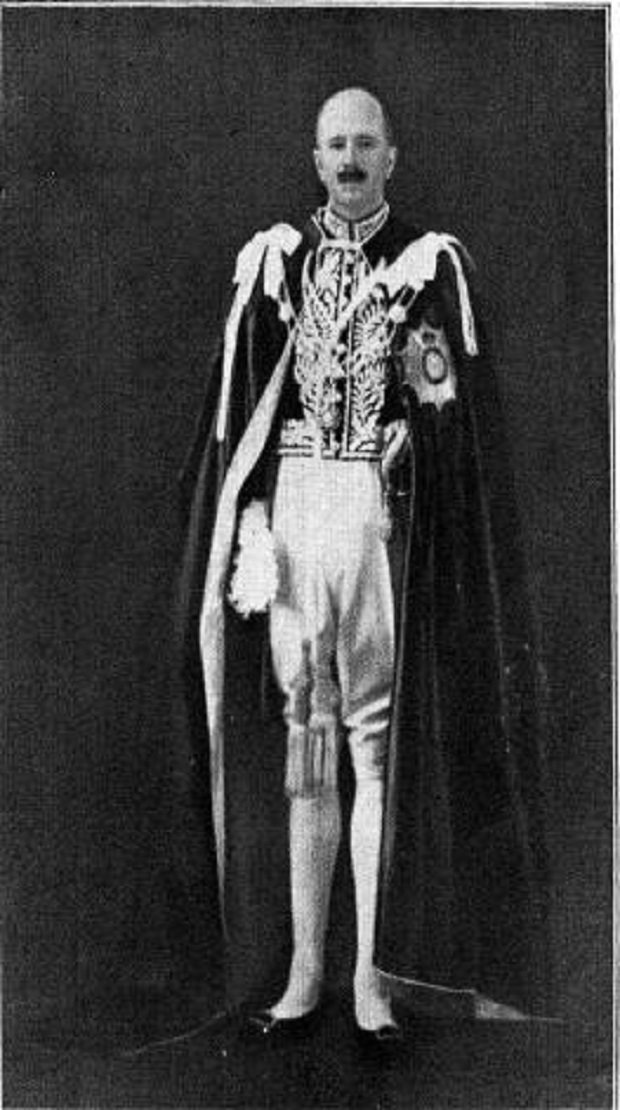
16. Before disbandment in 1928, the Madras Regiment had earning 22 battle honours.
By this time they had participated in two French Wars, four Mysore wars, two Maratha wars, three Burma wars, one Coorg war, two China wars and one Afghan War .
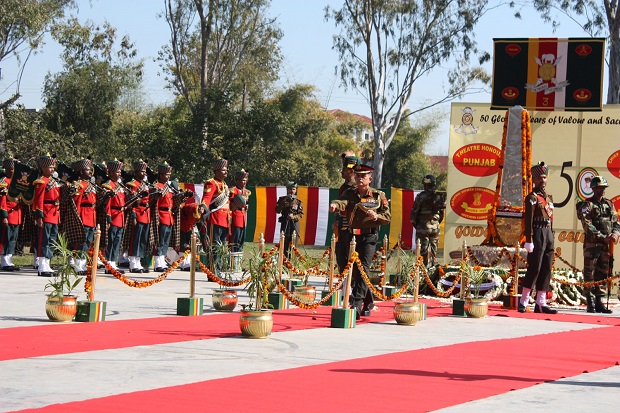
17. The Regiment recruits from the five southern states – Tamil Nadu, Kerala, Andhra Pradesh, Telangana and Karnataka.
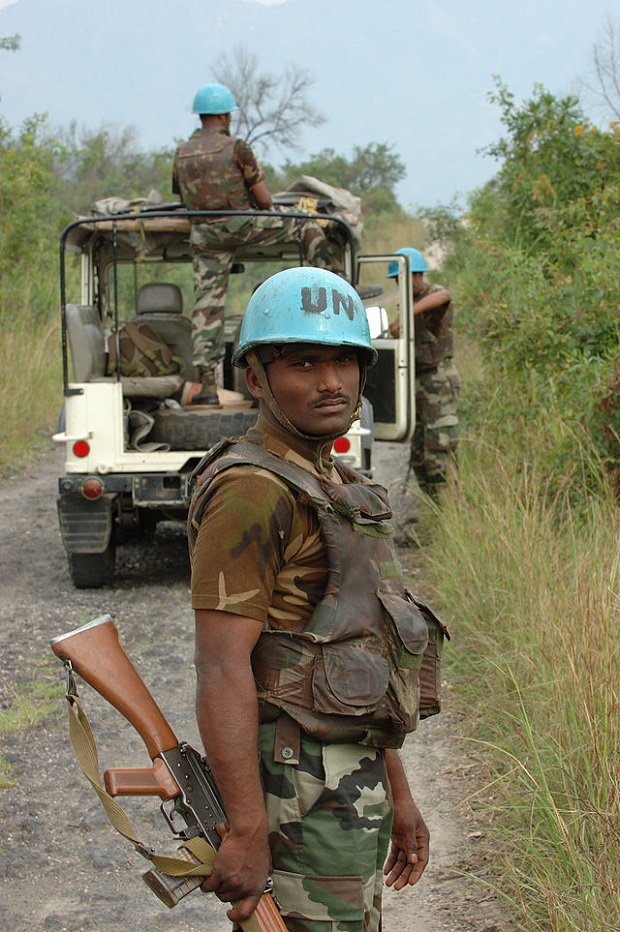
18. Madras regiment have participated in all of the wars India has fought since Independence.
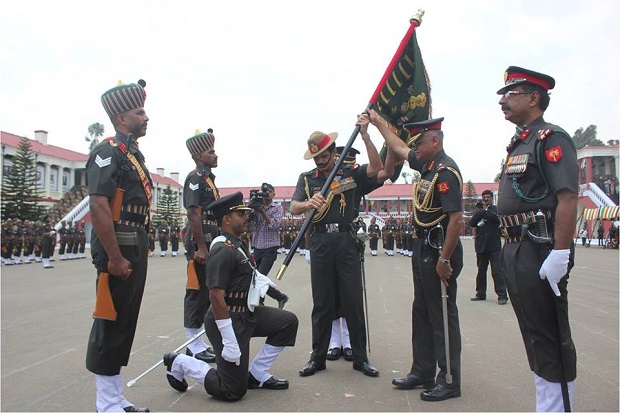
19. Indian Army deployed seven battalions of the regiment during Operation Pawan in Sri Lanka from 1987 to 1989.
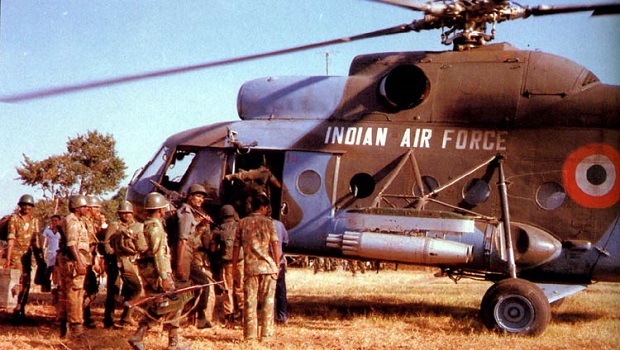
20. They have also served in India’s highest battlefield, Siachen, with distinction.
As many as eight battalions have served in Siachen since 1988. Lance Naik Hanumanthappa and nine others who lost their lives in Siachen in February 2016 were from 19 Madras.
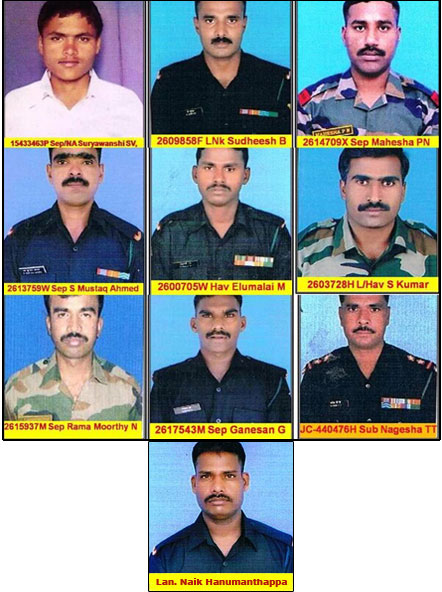
21. The regiment’s current size is 21 battalions.
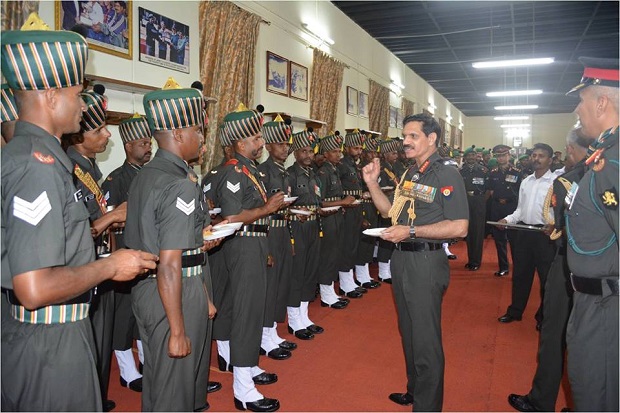
22. Their war cry is “Veera Madrassi, Adi Kollu, Adi Kollu”. (Brave Madrassi, Hit and Kill, Hit and Kill!)
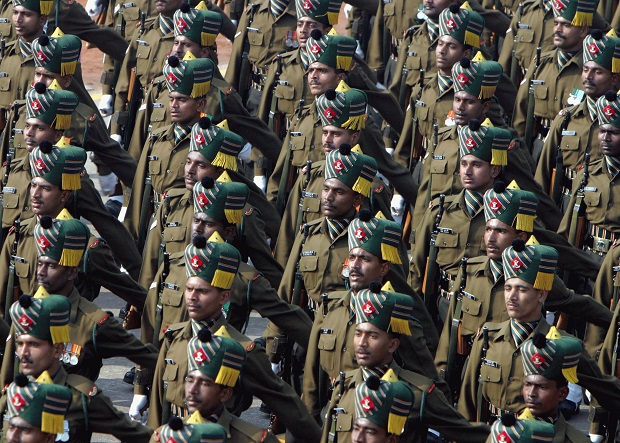
23. The regimental motto is an Assaye elephant perched atop a shield with two crossed daggers.
The elephant is has been adopted from the symbol awarded to the Madras Sappers for their gallantry in the Battle of Assaye.
ADVERTISEMENT
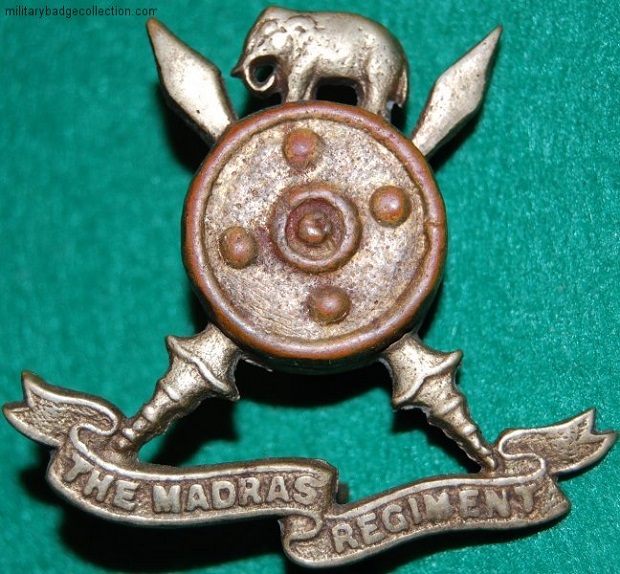
We salute these brave Thambis.
ADVERTISEMENT











